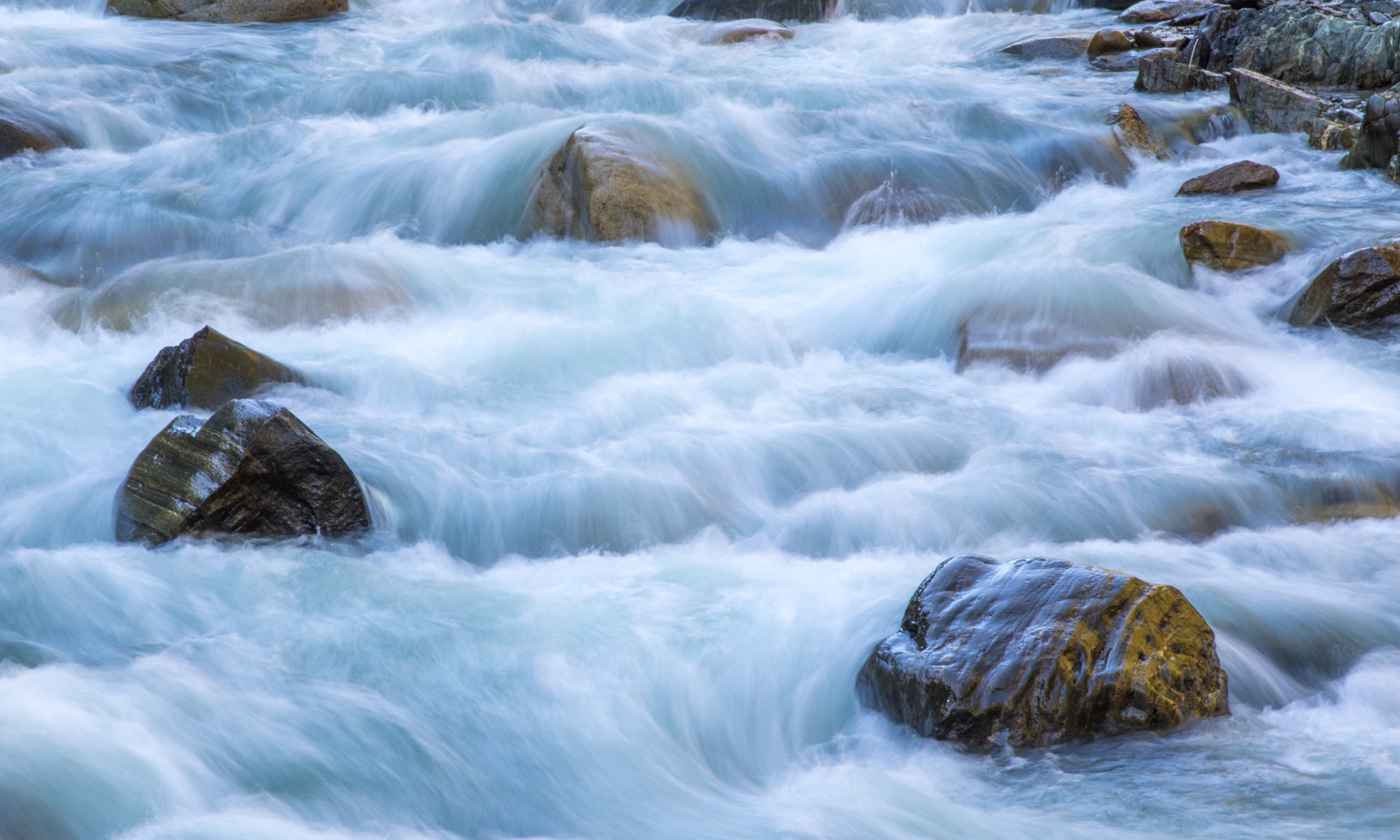Today’s Question: When opening an in image in Lightroom for editing in Photoshop I’ve always had a pop up that asked if I wanted a copy, copy with Lightroom edits, or the original file to export to Photoshop. After an update, it’s gone, no pop up at all, and it exports the original RAW file. How do I get this pop up back so I can export copies to edit in Photoshop?
Tim’s Quick Answer: Actually, Lightroom is still creating a copy of the RAW file. The only change is that you’re not seeing the dialog, but really the dialog isn’t necessary since a copy would always be created, and your original RAW capture would remain untouched. So having the dialog no longer appear is actually a good thing, although perhaps a bit confusing.
More Detail: A relatively recent update to Lightroom caused the dialog in question to no longer appear when you are sending a RAW capture to Photoshop from Lightroom using the Photo > Edit In command from the menu. With other file types (such as JPEG, TIFF, or PSD) the dialog will still appear, since in those cases you could choose whether you want to make a copy or simply open the source file directly.
With a RAW capture, the source image is processed and sent to Photoshop, creating a TIFF or PSD file in the process. You can choose which file type (and the basic settings for that file) on the External Editing tab of the Preferences dialog in Lightroom.
The adjustments you have applied to the RAW capture in Lightroom will automatically be reflected in the derivative image that is created as part of this process.

